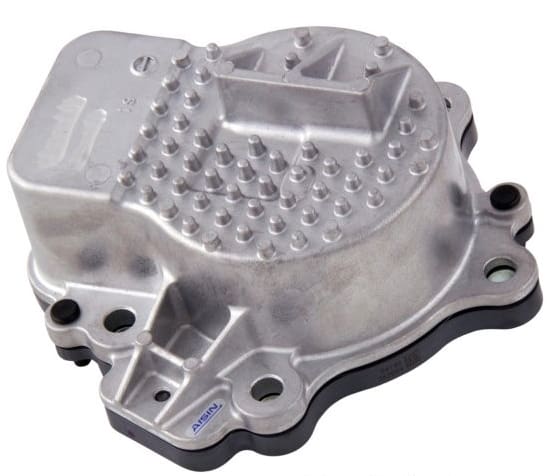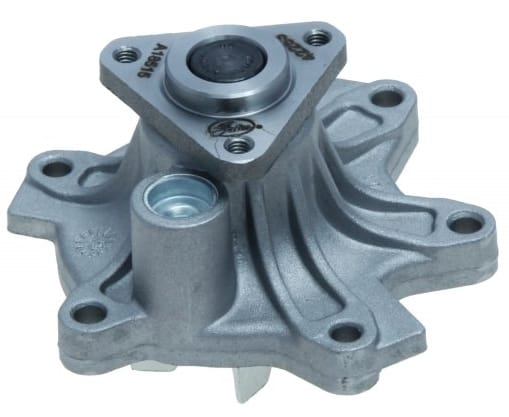Name That Hybrid Water Pump
By Dave Hobbs, MACS Technical Correspondent
While virtually every HEV (hybrid electric vehicle) has an ICE (internal combustion engine) along with one or more high voltage electric motors, not every one of them circulates the coolant in their engines the same way. Take Toyota for example. Up until its Prius line started using a 12-volt electric water pump (Figure 1) in 2010 and newer (Generation III) models, their little belt-driven water pumps (Figure 2) were prone to wear out around 120,000 miles. You’d hear a little rattle, then it would get a little louder, and before you knew it your customer’s water pump drive belt was almost shredded into smithereens. Call the parts store, and get a replacement water pump on the way to your shop, right?


Not so fast! When you call or go online seeking a new water pump, make sure you know what to order.
Hybrids and Cooling Systems
I’m driving a 2013 Malibu E-Assist (130-volt hybrid) with a mechanical water pump for the ICE and a 12-volt electric pump for the high voltage electronic components. The car uses the same GM coolant part number for both systems. My previous hybrid (2004 Generation II Toyota Prius) had identical attributes: a belt- driven mechanical water pump for the ICE with a 12-volt electric coolant pump for the power electronics. Again, the same Toyota long life coolant is used in both systems. Electric pumps are becoming a trend for both hybrids and conventional vehicles in an effort to remove the MPG / horsepower-robbing accessory drive belt. The use of electricity to run a cooling system pump is also helpful when the engine does a lot of stopping at idle (both HEVs and conventional powertrains with 12-volt stop/start systems). That way you can continue to move coolant into the heater core when the ICE is stopped at a traffic light. This can eliminate the need for yet another component – the not so uncommon 12-volt auxiliary coolant pump (Figure 3).


Leave a Reply